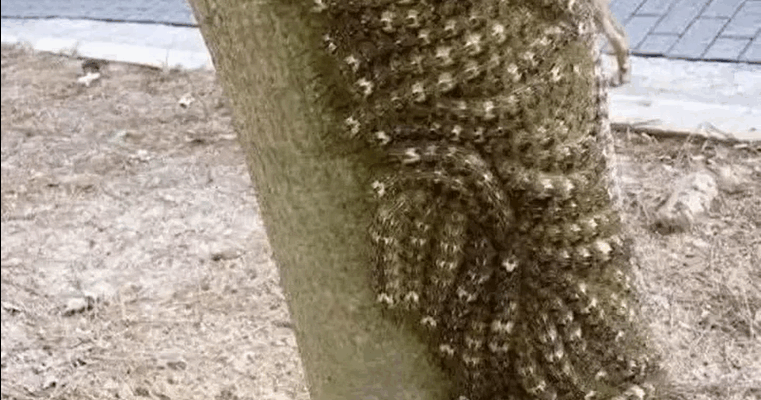It was a perfect summer afternoon—blue sky, light breeze, and the smell of fresh grass. We’d spread our picnic blanket near a quiet grove, away from the busy trail, while the kids laughed and ran barefoot through the dappled sunlight. Our daughter wandered a little farther than usual and called out excitedly about a “striped” tree. My husband’s instincts kicked in instantly—he sprinted toward her and grabbed her wrist just inches from the bark.

When I got closer, I realized the stripes weren’t part of the tree—they were Lonomia caterpillars, among the most venomous insects in the world, perfectly camouflaged. A single brush against their spines can release venom causing headaches, dizziness, fainting, or in severe cases internal bleeding, kidney failure, and even death, especially for children, seniors, or those with weaker immune systems. Thanks to my husband’s quick reflexes, disaster was avoided. We contacted local environmental authorities who removed the caterpillars and posted a warning sign. That day changed how I view nature. Now, I carry gloves, a magnifying glass, and a first-aid kit—not out of fear, but to be prepared. Parents and caregivers should talk to children about hidden dangers; many risks in nature are beautiful but harmful to touch. If you see unusual patterns on bark, clusters on plants, or unfamiliar insects, don’t touch—step back and call wildlife or environmental authorities. Awareness, respect for nature, and quick action can save lives, and one moment of vigilance can make all the difference.
